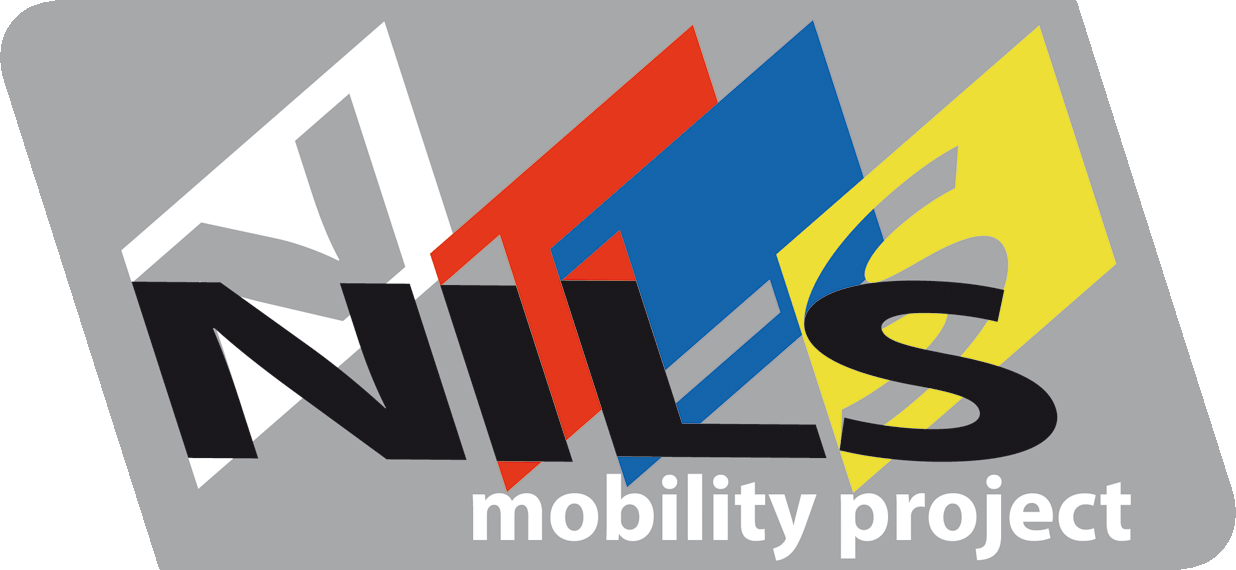Mariano Rincón
Venue: Rikshospitalet University Hospital, Norway. From: June 1st till November 30th, 2010 | Mariano Rincón Zamorano, belongs to the Artificial Intelligence Dept of the ETSI of Informatics at UNED and has worked in the interpretation of medical images since 1995. He defended his Ph D. on the interpretation of eye fundus images for diagnosis of glaucoma using models based on knowledge (within DIAGEN CICYT project). The aim of his research program here is to work with Professor Atle Bjørnerud from The Interventional Center at Rikshospitalet University Hospital in Oslo, to improve the task of medical image registration. In particular, but without closing the door to other types of images and methods, the research in new registration techniques of magnetic resonance images of the temporal lobe of the brain in transversal and longitudinal studies using, in addition to information from the images, domain knowledge modelled by ontologies. About his work: "Current technology allows for various forms of brain imaging (MRI, fMRI, CT, MR, Ultrasound, PET, EEG, MSI, etc.) that help the medical expert in the diagnosis of brain-related diseases. Currently, image interpretation is performed by the expert, which introduces some subjectivity in the analysis and also involves a significant expenditure of time, which prevents certain procedures to be performed solely for research and not go into clinical practice. The automatic processing of such images can solve these problems and introduces new ways of using this information. One of the basic tasks in order to make this automatic processing is image registration, which is the process of transforming the different sets of data into one common coordinate system. Registration is necessary in order to be able to compare or integrate the data obtained from different measurements. The combinations are many and varied: data from different sensors (data fusion), the same sensor data from different people (cross-studies), the same sensor data from the same person at different times (longitudinal studies), but in all cases, the objective is to relate different data to the same coordinate system. The typical registration procedure consists of finding information that is common in the two images (intensity levels, feature points), choosing a space of transformations (rigid, affine, not rigid, etc.), choosing a similarity measure and determine the transformation from one image to the other by minimizing the similarity measure. Although there are different co-registration techniques, in the case of the human brain the problem is not resolved optimally. The cerebral cortex represents a great challenge as it is heavily "convoluted" and the folding pattern varies considerably from one person to another. Several techniques based on surfaces (surface based registration - SBR) and volumes (volume based registration - VBR) exist, each with its advantages and limitations. The main problem is that the error in the registry may invalidate the results of a study." |
Universidad Complutense de Madrid
Facultad de Ciencias Matemáticas - Instituto de Matemática Interdisciplinar
Tel. +34913944385
imi@mat.ucm.es


